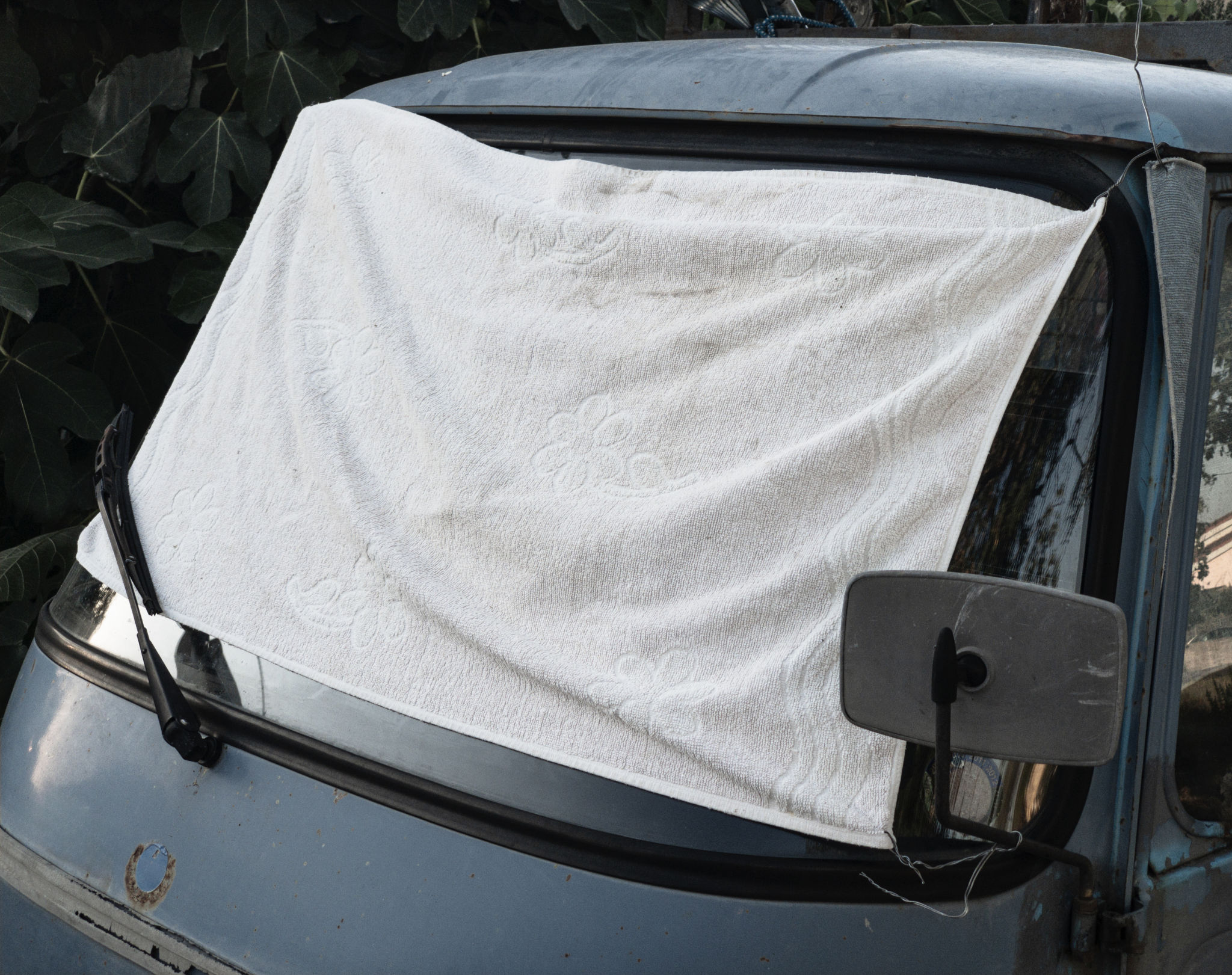DIY Car Care Tips: Maintaining Your Vehicle's Body Between Professional Repairs
ss
Regular Washing and Waxing
Maintaining your vehicle’s body in pristine condition starts with regular washing and waxing. It might seem simple, but a consistent wash schedule effectively removes dirt, grime, and road salt that can lead to rust and paint damage. Waxing acts as a protective layer against the elements, making it easier to keep your car clean and preserving the paint finish.

Washing Tips
When washing your car, use a dedicated car wash soap rather than household detergents, which can strip protective wax. Start by rinsing the entire vehicle to remove loose dirt. Use a soft sponge or wash mitt, working from top to bottom, to avoid dragging dirt across surfaces. Rinse the car thoroughly and dry it with a microfiber towel to prevent water spots.
Waxing Tips
After washing, apply a high-quality car wax. Choose between liquid, paste, or spray wax based on your preference and the time you have. Apply the wax in small sections using a foam applicator pad, and buff it out with a clean microfiber cloth once it dries to a haze. This will provide a shiny finish and protect the paint from UV rays and pollutants.
Protecting Your Car from the Elements
Exposure to the elements is inevitable, but you can minimize damage by taking a few proactive steps. Parking in the shade or using a car cover can significantly reduce sun damage. Additionally, during winter months, consider using a garage or carport to shield your vehicle from snow and ice.

Rust Prevention
Rust is one of the biggest threats to your car's body. Regularly inspect your car for any signs of rust, especially around wheel wells and underbody areas. Applying rust-resistant coatings or using anti-rust sprays can help prevent corrosion. If you notice any small rust spots, treat them promptly with a rust converter and touch-up paint.
Dealing with Minor Scratches and Dents
Minor scratches and dents are almost unavoidable but can be addressed with DIY techniques. For light scratches, use a scratch remover compound followed by polishing to restore shine. For small dents, consider using a dent puller tool available in auto part stores.

Touch-Up Paint
If scratches penetrate through the paint layer, touch-up paint can be an effective solution. Match the color using your vehicle’s paint code (found in the owner's manual or on a sticker inside the driver’s door). Clean the area thoroughly before applying the paint, allowing it to dry completely for best results.
Inspecting Seals and Trim
Rubber seals around windows and doors often go unnoticed but play a crucial role in keeping out water and road noise. Regularly inspect these seals for cracks or wear. Applying a rubber protectant can prolong their lifespan and enhance performance.
Maintaining Exterior Trim
To maintain the appearance of plastic or chrome trim, clean regularly with appropriate cleaners. Applying a protectant helps prevent fading from UV exposure and keeps the trim looking new.
By incorporating these DIY car care tips into your routine, you can maintain your vehicle's body between professional repairs, ensuring it remains in excellent condition for years to come.